
Sometimes sci-fi just means movies about spaceships and cool gadgets, but great sci-fi has always been a close examination of the human condition as much as it is about the aforementioned spaceships and cool gadgets.
By now, science fiction has basically explored the complete spectrum of human experience, from the optimistic utopia presented in the Star Trek series to the apocalyptic scenarios in movies like 12 Monkeys or Snowpiercer. Here are 10 sci-fi films in which social conflict is used to explore deeper concepts about human nature.
1. Coherence (2013)
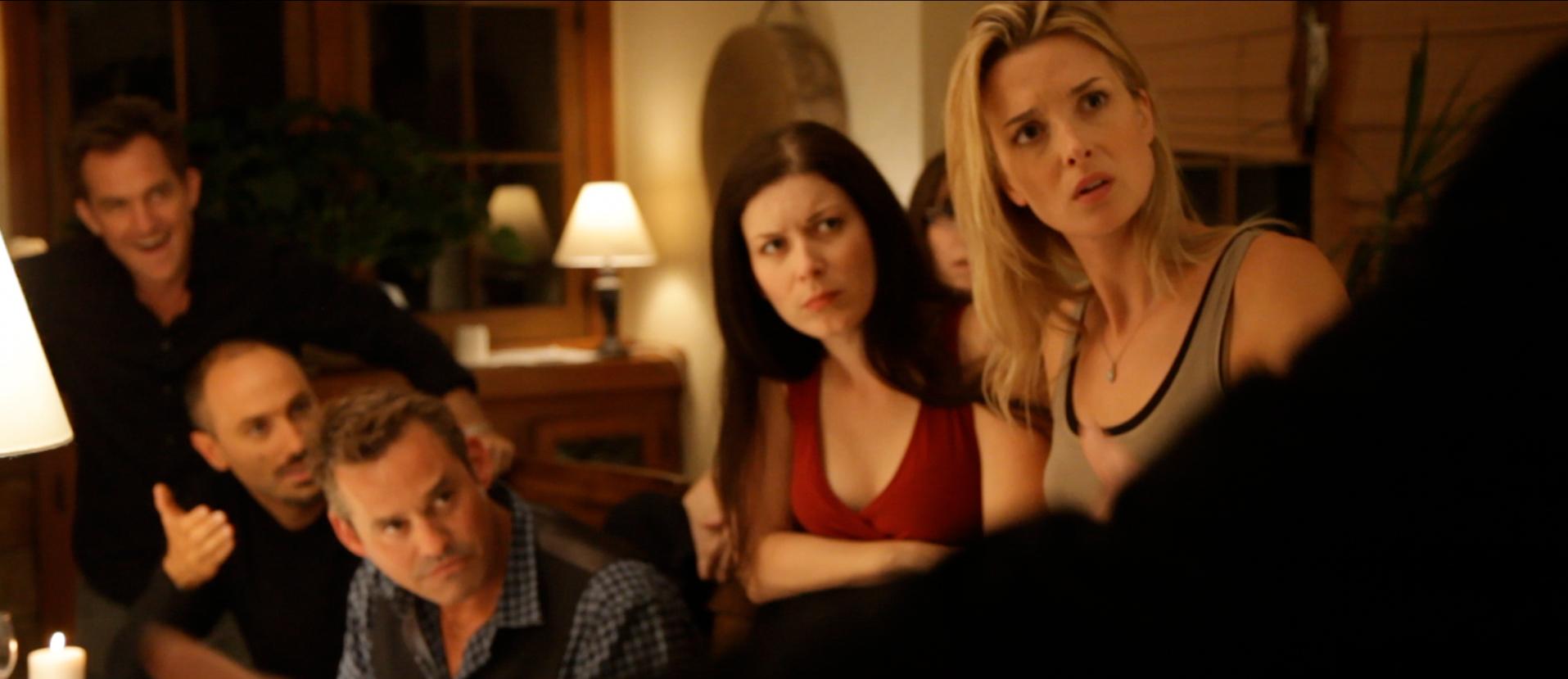
A group of friends are having a dinner party while, coincidentally, there’s a comet passing over them at the same time. It’s not initially treated as a big deal, but they have been warned that because of the passing comet, some strange occurrences might happen so it’s best not to leave the house if possible. Without delving too much into spoiler territory, because the film is quite intriguing; as soon as they start leaving the house, very bizarre things do happen.
The people who have already left the house aren’t exactly the same ones who return, even though they still look the same. People aren’t sure who to trust, or what these apparent impostors are hiding or why. This close group of friends who were having a nice dinner party become increasingly suspicious of each other and it isn’t long before strange turns to violent.
The film uses the concept of doppelgangers and multiple universes to explore the meaning of self and the fragile nature of friendships, relationships and trust in general. Even though by all plausible accounts they’re still the same friends they always were, distrust turns them immediately into complete strangers.
2. Circle (2015)
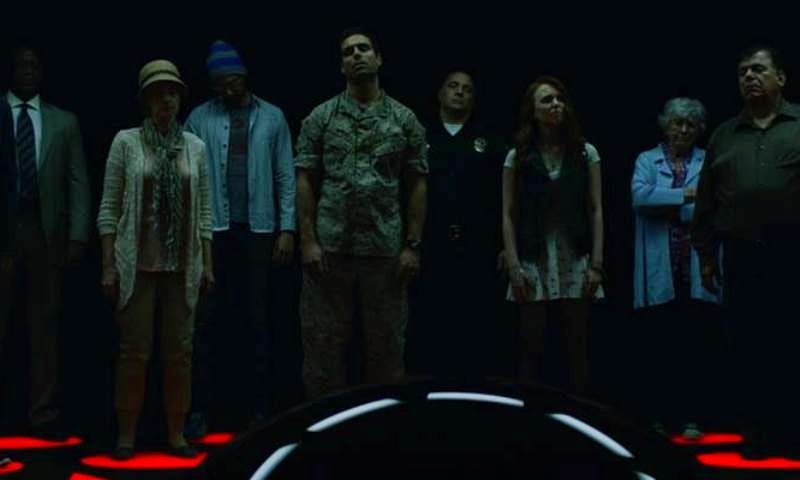
Even though there’s a lot of mystery to Circle, it’s a high-concept film and it’s fairly straightforward about what’s going on from the offset. There’s a group of 50 people standing in a circle in a dark room; all brilliantly comprised of mostly unknown actors, so that you’re constantly guessing who you are supposed to be rooting for. Someone is killed every 2 minutes, and soon enough they figure out they’re supposed to vote for who will be the next one to die.
People start telling their life stories, but given the 2-minute time limit, they identify themselves in smaller and smaller groups like old vs. young, people with terminal diseases, criminals, minorities, racists… it goes on and on until there’s only one left. What’s genius about it is that it doesn’t really draw any conclusions after the outcome; it’s not a morality tale about discrimination.
It’s a dark look at people and what they are capable of doing in order to survive. It’s interesting to see who they prioritize, and the reasoning behind it. The film is bound to start long conversations about whom would you save and why.
3. Cube (1997)
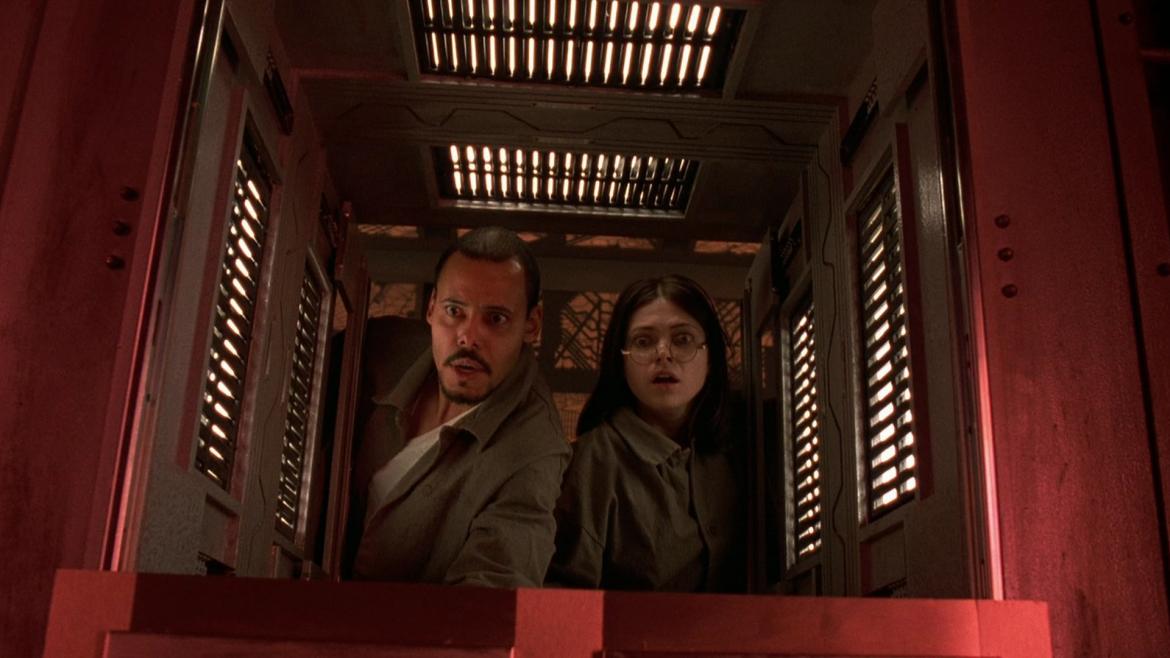
Cube may have inspired many of the films on this list, like Exam and Circle. A group of strangers are exploring a maze made of nearly identical cube-shaped rooms; they don’t have a clue about how they got there and why they were chosen. Some of these rooms are deadly traps, which are very sadistic, though highly creative as well.
The people trapped inside don’t seem to have a connection between them, but they all have particular skills which help them to navigate the maze and look for a way out. All of them are named after famous real-life prisons.
At first they are working individually until they all find each other and agree that it’s safer and quicker to work together. After a while some of them start to lose it and it turns into every man or woman for themselves. It’s a movie that leaves more questions than answers, but it does say a lot about patience, teamwork, empathy, betrayal and most importantly survival.
4. The Signal (2007)
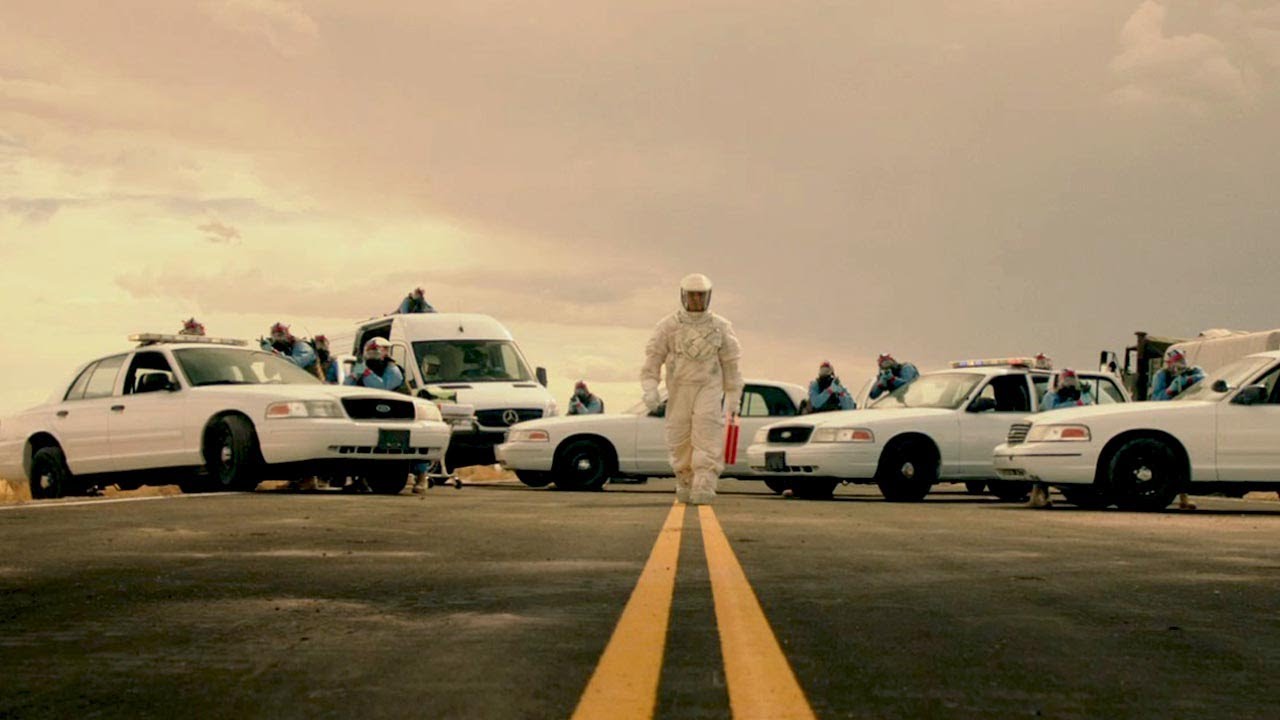
It’s tough to catalogue The Signal within a genre, mainly because it’s a collection of interconnected stories, each with a different tone that goes from gory horror to dark slapstick comedy to finally end in a violent love story
. It’s mostly a horror film because of the gore and violence, but there’s also the underlying sci-fi element that connects all the stories: all telecommunications and audiovisual devices start to transmit a mysterious signal that turns people into aggressive and murderous lunatics. It’s all open to interpretation, even the film’s ending, but it definitely means to say something about our dependence on media, gadgets and other electronic devices and what they can do to our relationships.
People fight because they can’t fix a TV when they’re trying to watch sports, people become oblivious of their environment because they’re too focused on what they’re listening on their headphones, people try to live up to ridiculous standards and social expectations on what a home party should be… It isn’t that farfetched, it’s just that this movie has turned the violence and aggression dials up to 11.
5. Time Lapse (2014)
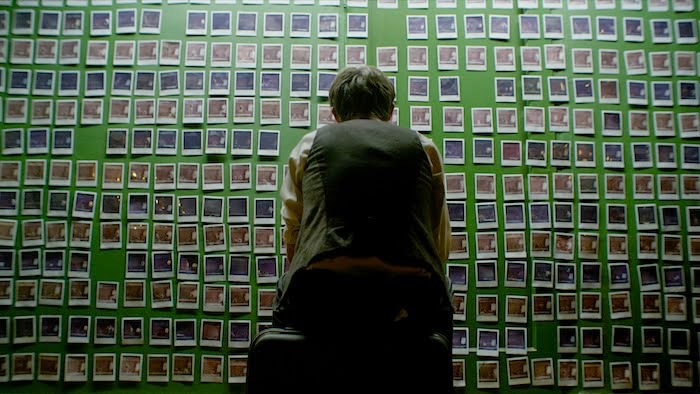
Three young friends who are struggling financially discover the dead body of one of the tenants in their apartment complex, along with a strange camera that takes pictures which reveal future events from the next day.
They quickly take advantage of this in different ways: Callie is trying to rekindle her relationship with her boyfriend Finn, who is a painter that’s trying to get rid of his creative block, and Jasper is a compulsive gambler who is using his knowledge of the future to win bets. The group doesn’t really know how the camera works, so they figure they must faithfully recreate the events from the pictures or they might end up dead like the previous owner of the camera.
After a while, they start to feel enslaved by the machine, tensions rise and ulterior motives surface. The plot is very similar to Danny Boyle’s debut film, Shallow Grave, but the sci-fi time-travel element keeps Time Lapse fresh and interesting enough. The film explores manipulation and mistrust and how they affect all types of relationships and end up corrupting everybody, even more so than money or greed.